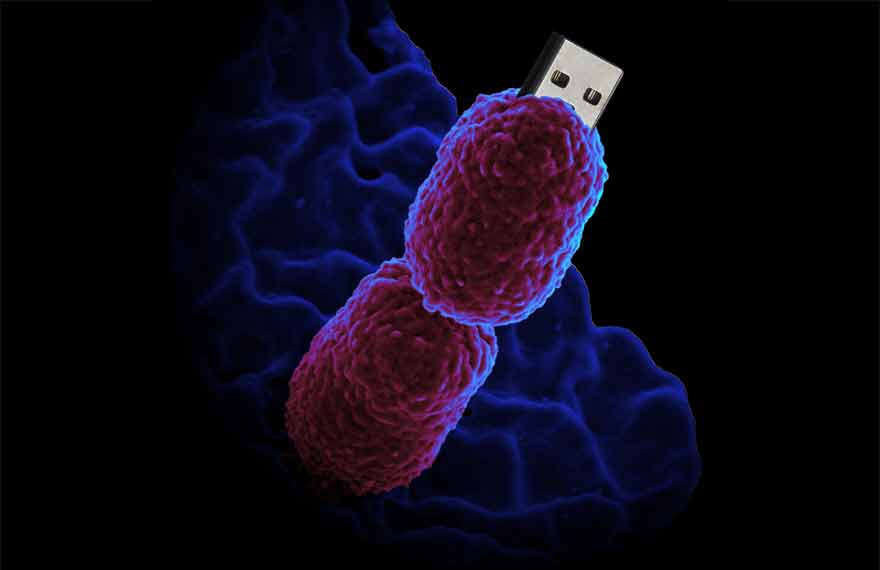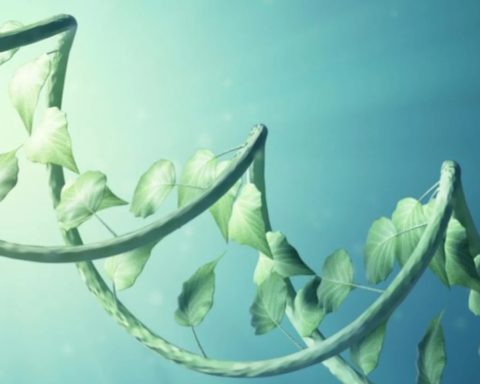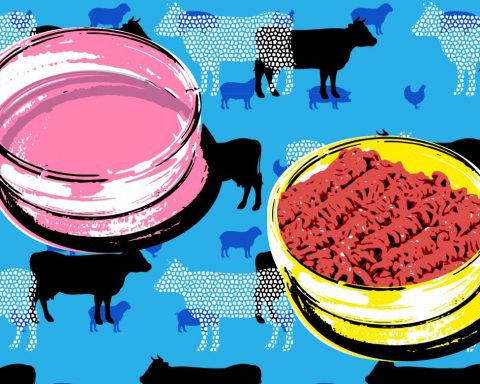We wanted to know if we could use nature's own methods to write directly on the genome... "

We wanted to know if we could use nature's own methods to write directly on the genome... "




Already registered? I'm connecting
Register and read three articles for free. Subscribe to our newsletter to keep up to date with the latest news.
→ Register for free to continue reading.

You have received 3 free articles to discover UP'.





